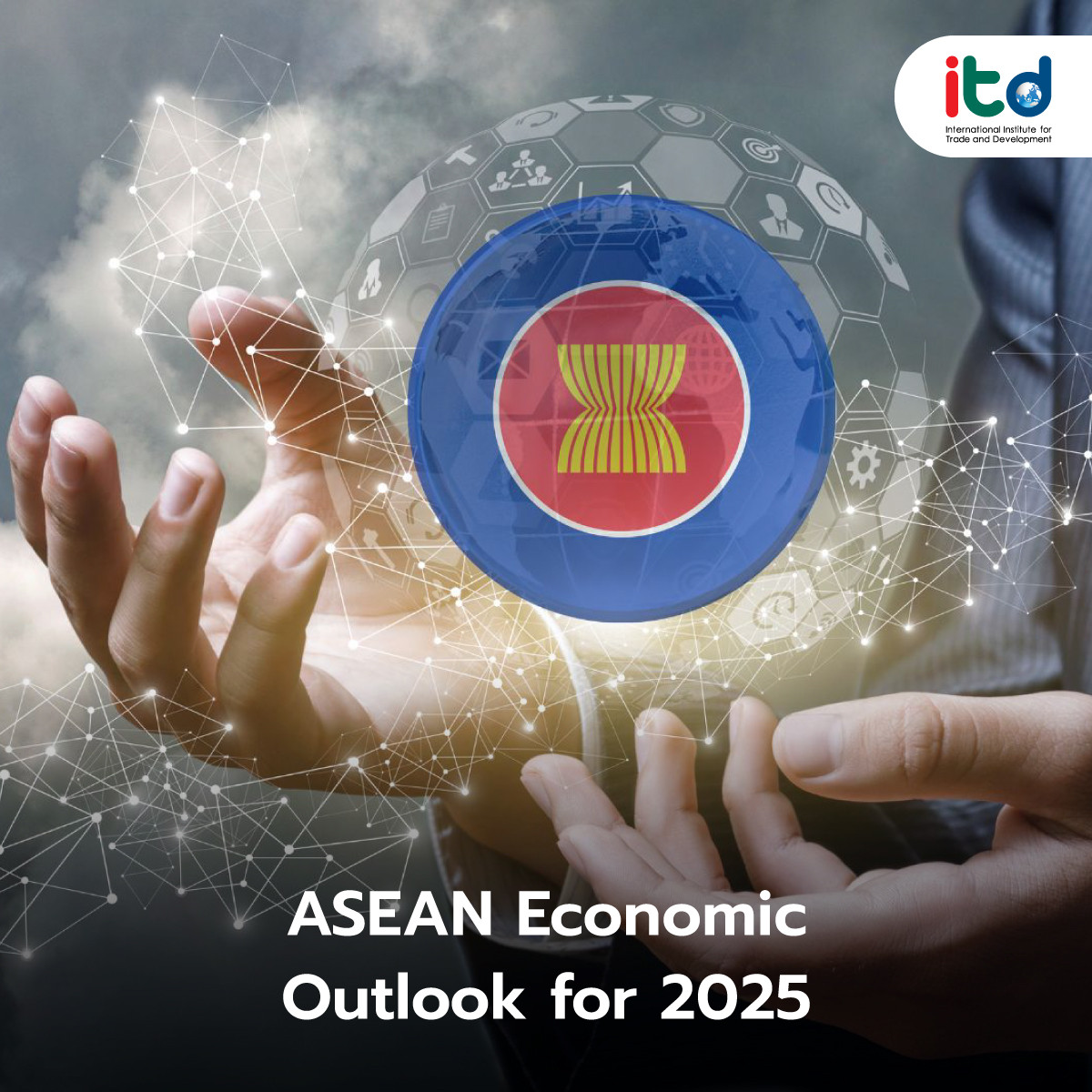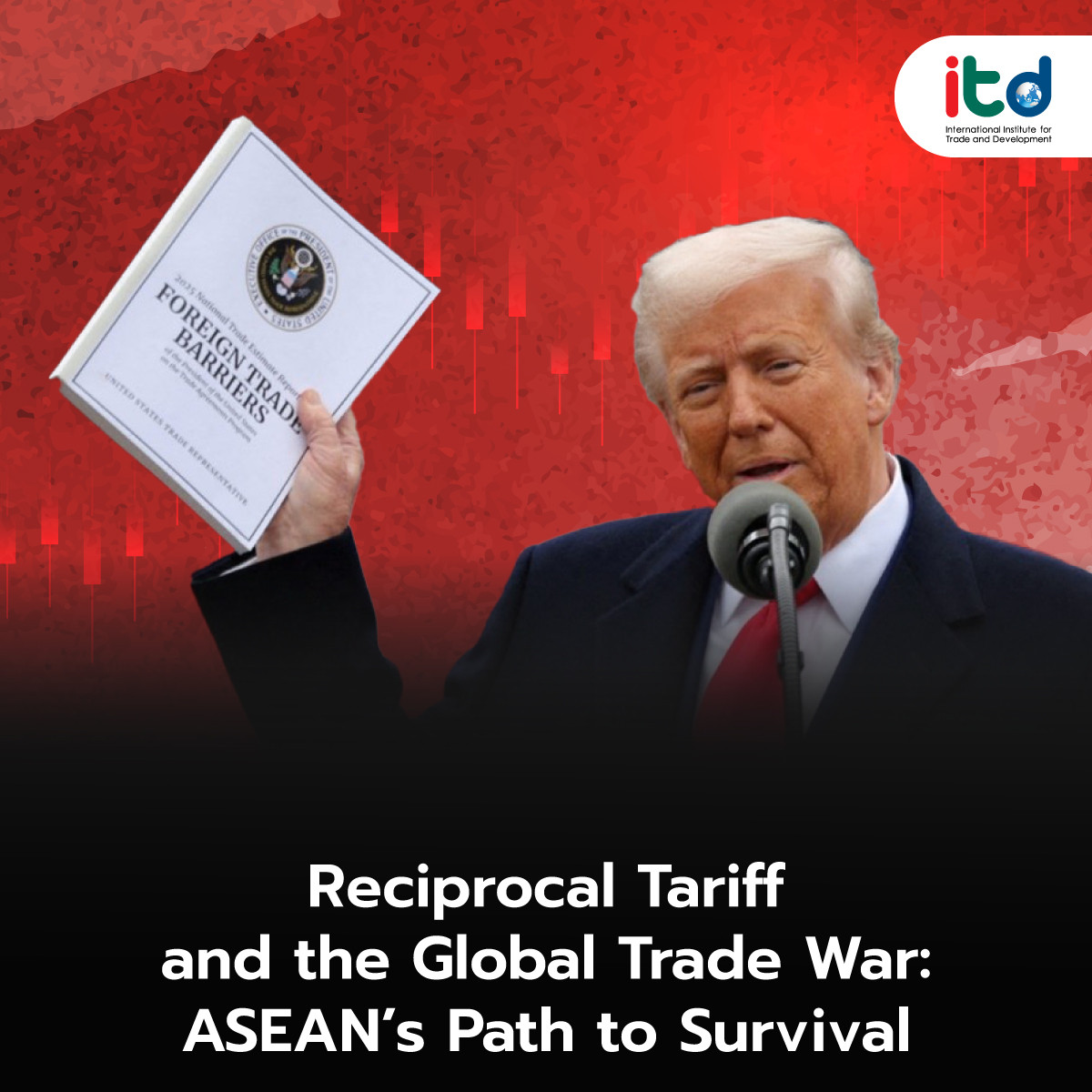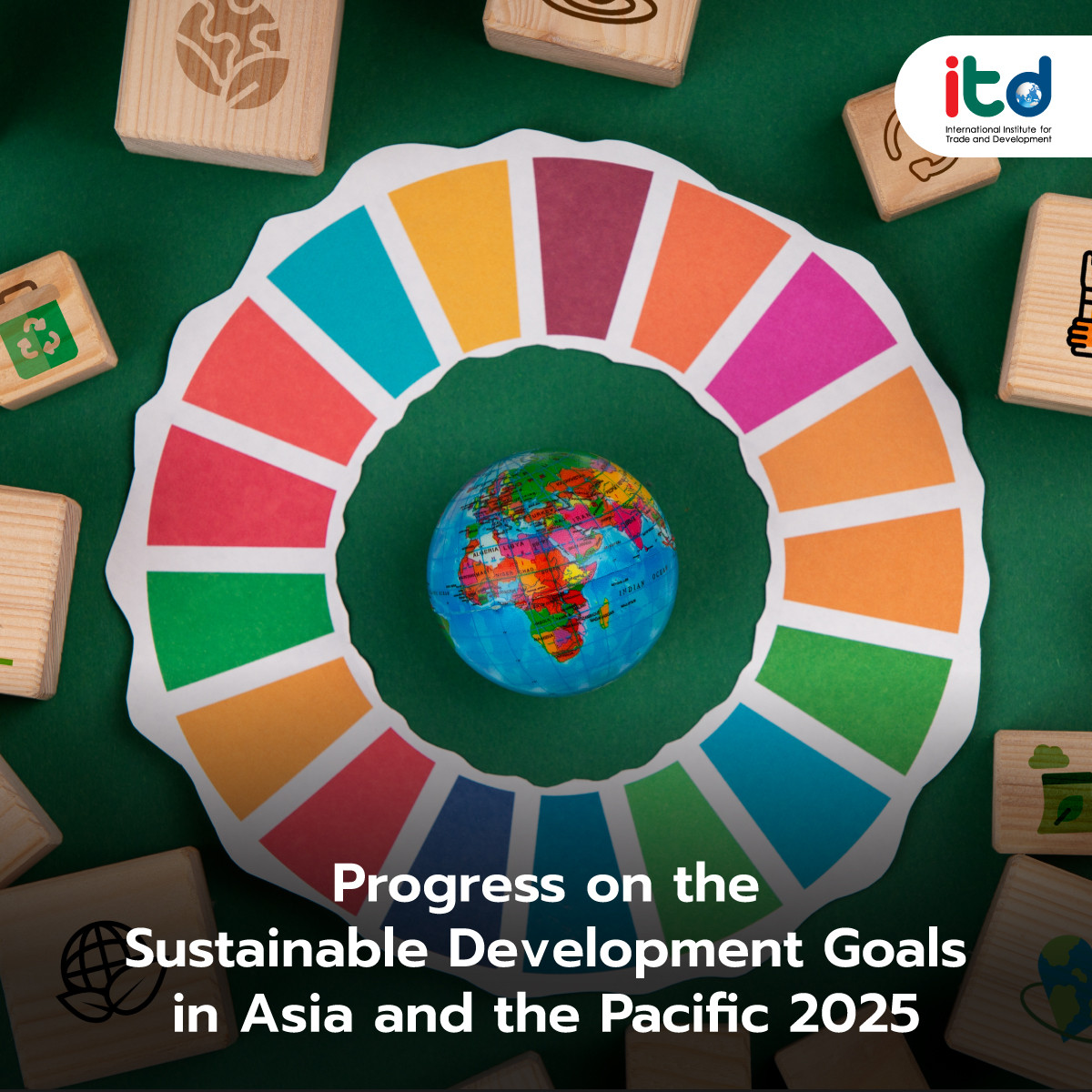About Documents
The Asian Development Bank (ADB) forecasts growth in Asia as steady growth amid a shifting global policy landscape. According to the Asian Development Outlook report for December 2024, the growth projection for Southeast Asia in 2024 has been revised upward from 4.5% (as estimated in September) to 4.7%. This is driven by the recovery of export growth in the manufacturing sector and increased public spending on large-scale investment projects. The report also projects economic growth for Southeast Asian countries in 2024 and 2025 under changing conditions.
In ASEAN countries:
Philippines: Growth is expected to remain at 6% in 2024, rising to 6.2% in 2025. GDP grew by an average of 5.8% in the first three quarters, driven by household consumption and investments. Economic growth is supported by declining inflation and an accommodative monetary policy. On the supply side, services, construction, and manufacturing contribute significantly, with services being the main growth driver.
Malaysia: Growth is projected at 5% in 2024, decreasing slightly to 4.6% in 2025. The growth is continuously supported by improved exports, stable investments, and increased government spending. Production and investments, particularly from large infrastructure projects like the Sarawak-Sabah Link Road and the Pan Borneo Highway, play a key role.
Vietnam: Growth is forecasted at 6.4% in 2024, increasing to 6.6% in 2025, reflecting a positive outlook. Early 2024 growth is driven by export recovery and economic stimulus measures, along with an improving U.S. economy boosting exports and foreign direct investment. Increased public investment and relaxed monetary and fiscal policies stimulate domestic demand. Despite challenges such as Typhoon Yagi in 2024, the government’s swift response mitigated the economic impacts.
Thailand: GDP growth is revised to 2.6% in 2024, reflecting improved government spending and export recovery, and is expected to rise slightly to 2.7% in 2025. Growth in the first nine months of 2024 was driven by government spending, tourism, and manufacturing. However, compared to other Southeast Asian countries, Thailand’s growth remains relatively low.
In 2025, ASEAN economies will face challenges from geopolitical tensions, trade fragmentation, and severe climate change, which pose risks to long-term growth. A key issue to watch is the return of former U.S. President Donald Trump, whose policies could impact ASEAN, given the U.S.’s role as a major trade partner and investor. In 2023, U.S. investments in ASEAN reached $74.4 billion (41% of total investments in the ASEAN).
These challenges and risks can act as both obstacles and opportunities for ASEAN. By leveraging these challenges, ASEAN can develop strategies to build resilience. Investing in technology and workforce development, fostering public-private cooperation, enhancing infrastructure, and expanding regional collaboration will boost competitiveness and support sustainable long-term growth.
Author:
Ms. Natjaree Petruang
Researcher
International Institute for Trade and Development (Public Organization)
www.itd.or.th
Publication: Bangkok BIZ Newspaper
Section: First Section/World Beat
Volume: 38 Issue: 12806
Date: Wednesday, Jan, 1, 2025
Page: 12 (left)
Column: “Asean Insight”






